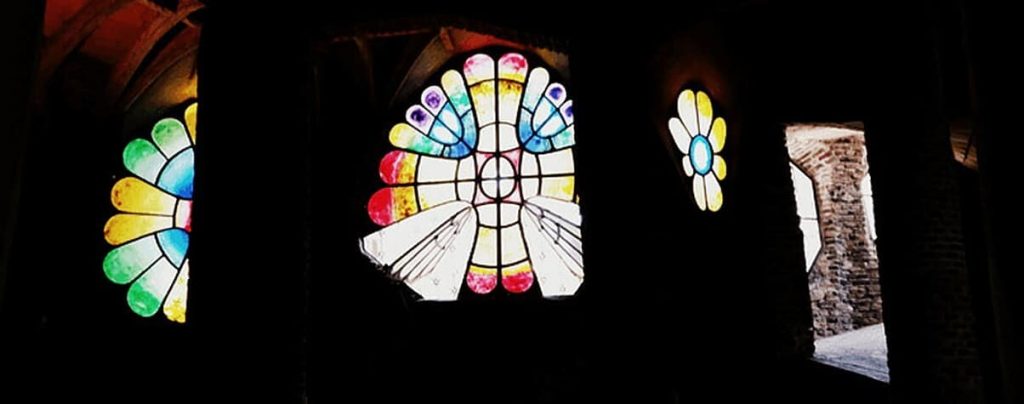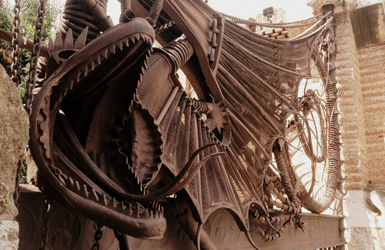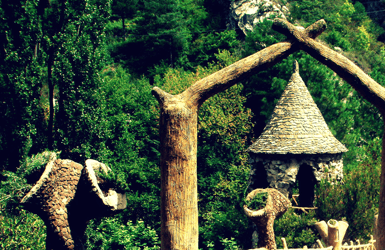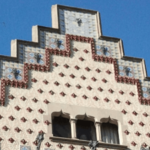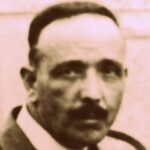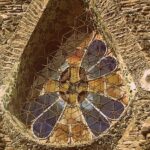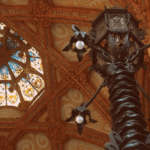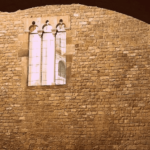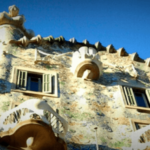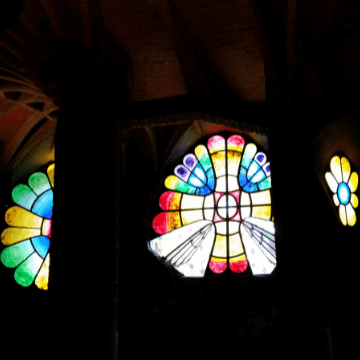
Little Known Antoni Gaudi Works
REALLY? GAUDI HIDDEN GEMS?
Everyone knows the Gaudi masterpieces. Sagrada Familia church, Park Guell, Casa Mila (Pedrera) and Casa Batlló… But is that everything he did in town? Not at all! There are a few earlier works that he did before becoming famous, that aren’t as crowded as his top sites and they show you his evolution and background in a more pure way. Some of them are open to the public, while some other need to be seen just from outside. And there are a couple of them that are located out of town and you need to take public transportation, rent a car or book a tour to get there.
These are the Gaudi buildings off the beaten path that most tourists miss:
1
Palau Güell
Located at the bottom of La Rambla, this is the mansion that his friend and patron Eusebi Güell commissioned him. The neighborhood was pretty bad (picture a dark port district with crime and prostitution), so the Count Güell thought that forcing his guests to cross that district to come visiting would hopefully have a good influence in the area and help improving it.
It didn’t help as much as he hoped (and Ms. Guell hated the house for that), but Gaudi created an impressive mansion that makes a pretty interesting contrast with Casa Batllo and Casa Mila that he built later. A starred dome and a roof terrace with colorful chimneys are its main features.
It’s also a great way to see how the aristocracy lived in the late 1800’s compared to the bourgeoisie of Passeig de Gràcia. We visit it in our Full Day Gaudi Tour and our half day that combines it with a tour of the Colonia Guell Church.
2
Casa Vicens
This is the very first project that Gaudi designed after finishing Architecture School: a private 4-floor home for a wealthy family. It used to be surrounded by a huge garden and it was located in the outskirts of Gracia: now most of the garden is gone although a small part has been preserved, and the area was developed long ago.
The use of tiles that will soon become a characteristic of Gaudi’s architecture is already present in the decoration of Casa Vicens, and you can already see medieval and exotic influences as well. The last inhabitants were a family of architects, that sold the building to a bank after the grandfather died. Now the bank is getting it ready to open it to the public soon. We visit it in our tour of the Gaudi Early Works.
3
The Guell Pavilions and the Dragon Gate
The Count Güell also owned a large real state in what used to be the outskirts of Barcelona and now is the Pedralbes district. Gaudi was asked to build a spectacular gate that would welcome the visitors that would arrive from Barcelona (since that used to be the countryside near the city, then). He was also asked to build the stable and the house for the concierge.
It is open to the public and they offer guided tours, but it’s best to check the website of the Modernism Route before heading there. If it was closed, the gate itself is worth seeing from the outside: it is an impressive rough iron dragon with his mouth open. The decoration of the whole entrance is inspired in the story of Heracles and the Hesperides garden, as explained by Mossen Cinto Verdaguer, a Catalan priest and writer that was a good friend of the Count Guell.
4
Torre Bellesguard
The name of this other private home means “Beautiful Views”, because of the views over the city that you get from its rooftop. The place is full of history, as it’s said that here stayed the last King of Catalonia, Martin the Human in the 1400’s. That’s probably what convinced Gaudi to accept this commission, and what inspired him to include lots of decoration bits that remind us of the Catalan history and culture.
He even created a rooftop that looks like a giant dragon when you look at it from a certain point! (We Catalans love dragons because our patron saint St. George killed one and saved a princess). This little architecture jewel is open to the public but the number of visitors is restricted because the structure is very delicate and there is still people living in one of the floors.
So if you don’t want to have to wait to get in (or have to go all the way back to the city center – and it’s not a short ride), you better get tickets online before you go.
5
Colònia Güell crypt
Did you know there is a second Gaudi’s unfinished church? Here again we need to talk about the Count Guell, who owned a factory out of town and asked Gaudi to build a church for its workers. Gaudi conceived it in a very creative way that would integrate it with the surrounding nature as well as be built with left overs from factory materials. The marvelous stained glasses shaped as butterflies give the inside a very peaceful light.
Unfortunately, the death of the Count meant that Gaudi wouldn’t be allowed to complete the project, and it was left with only the crypt done – which is what can be visited now. The ticket also includes access to an interpretation center where you can learn more about the project as well as the life of the working class at the Colònia Guell. You can get there by FFCC trains from Plaça Espanya, or you can book this tour where we take you visiting both the Crypt and Palau Guell, or see it together with Montserrat.
AND BONUS! A Gaudi garden at the foot of the Pyrenees:
6
Artigas Gardens
Park Guell is not the only garden Gaudi designed. You’ve guessed it right: the Count Guell is again somehow involved in this project: he owned a concrete factory in the area and during one visit Gaudi met Mr. Artigas, a wealthy local that asked him to design a garden for him, in a real state crossed by a mountain river that he owned outside the village.
Water is of course an important part of the decoration of the park, that also integrates really well with the rest of the landscape. The visit is done following a circular path that goes around it and crosses the river twice through bridges designed of course by Gaudi. It’s the hardest Gaudi hidden gem to visit, as you need a rental car to get to La Pobla de Lillet (there are buses, but they don’t run very often). Or we can take you there and show you also Colonia Guell on the way.
Did you know any of these Gaudi hidden gems existed? Are you planning to visit them?
Marta
MORE BARCELONA TIPS FOR YOU:
SHARE WITH YOUR TRAVEL MATES
RESEARCHING FOR A TRIP IS TIME-CONSUMING…
Need more inspiration?
Our 100% FREE Barcelona Collection will give you everything you need to organize the trip of your lifetime to Barcelona.
BEST INSIDER TIPS FROM THE PROS!


